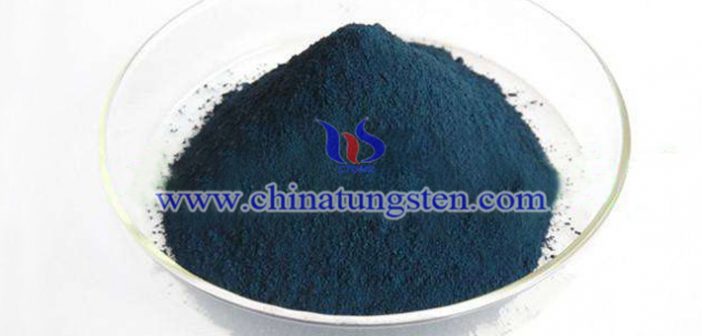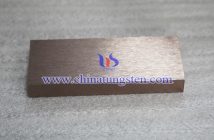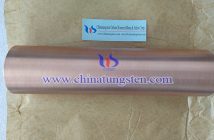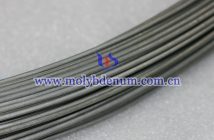Tungsten - the most refractory metal with the highest melting point. Tungsten is also an important strategic metal and is widely used in the military for its high density, high strength, high toughness, impact resistance, good shape, armor penetration and non-toxic environmental protection. Among them, tungsten alloys are used to manufacture various high-speed ammunition, especially armor-piercing projectiles, which can compete directly with depleted uranium bombs because of their extremely stable dynamic plastic deformation properties. As you may know, depleted uranium has become an environmental issue! Tungsten can also be used to protect or protect the outer casing of nuclear weapons materials. China's tungsten reserves are the world's number one!
Bronze is the earliest alloy in the history of metal smelting and has a special historical significance. From then on, humans have entered a new historical stage - the Bronze Age... and some friends said, I also know such a bronze sword - Known as the "first sword in the world", the Yue Wang Goujian sword has passed through the long history of more than 2,000 years. So far, the sword is still cold, without any trace of rust, it is extremely sharp!
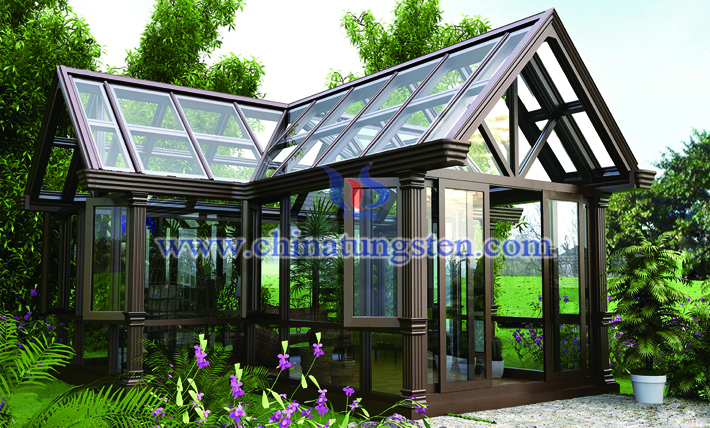
winter garden picture
Most of the energy of sunlight is concentrated in the visible region (380-780 nm) and the near-infrared region (780-2500 nm). Among them, near-infrared light has obvious thermal effects, which not only causes a burning sensation in human skin, but also causes an increase in indoor temperature, resulting in energy consumption of the air conditioner. Therefore, the architectural glass needs to be as high as possible while maintaining visible light transmission. Ground shielding near-infrared light. The sun room has so much glass, not to mention. Therefore, in recent years, the exploration of new environmentally friendly heat-shielding materials has always been the goal pursued by researchers, and it has nano-powders, nano-coatings and dingal film materials that have high visible light transmittance and can effectively absorb or reflect near-infrared light. Green building energy conservation has a very broad application prospect.
Among them, various nano-transparent heat-insulating coatings such as cesium tungsten bronze nano-transparent heat-insulating coatings have sprung up like mushrooms. To be precise, it is the tungsten bronze that shows its heat insulation effect. Transparent insulating materials that may be familiar to everyone are indium tin oxide (ITOs) and antimony doped tin oxide (ATOs). However, according to the literature, both of them can only isolate near-infrared light with a wavelength greater than 1500 nm. Tungsten-tungsten bronze, this "up-and-coming star", has a high visible light transmittance and can strongly absorb light having a wavelength greater than 1100 nm. Compared with ATOs and ITOs, cesium tungsten bronze (CsxWO3) has a blue shift in its near-infrared absorption peak, so it has received more and more attention.
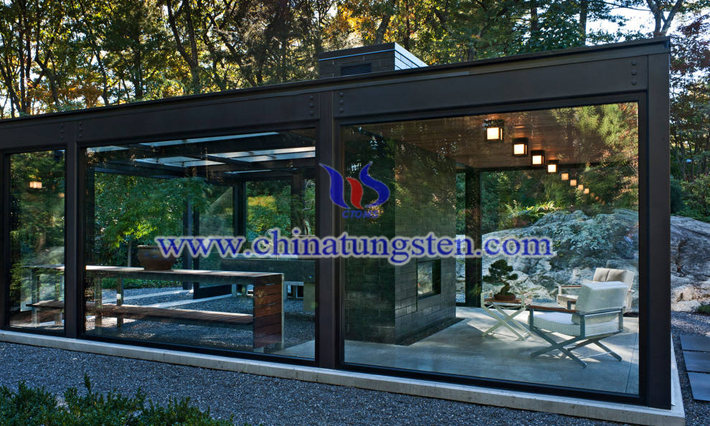
sunroom picture
According to the literature, the coating of cesium tungsten bronze nano transparent heat-insulating coating on the surface of the glass can form a uniform transparent coating film. The nano-conductive particles in the coating film contain a certain concentration of electron holes, which cause absorption of free carriers. In the solar spectrum, the specific performance is:
In the visible light region of 1.0 wavelength 380~780nm, the visible light transmittance of the tantalum tungsten bronze coating film reaches 70% or more;
The 2.0 wavelength is in the ultraviolet region of less than 380 nm, and the absorption rate of the tantalum tungsten bronze coating film is about 90%;
The 3.0 wavelength is in the near-infrared region of 780~2500nm, and the cesium tungsten bronze coating film acts as a reflection barrier for the amount of solar energy distributed in the infrared band of about 43%.
It can be seen from the above data that the nano-transparent heat-insulating coating of cesium tungsten bronze coating is selective to the solar spectrum, exhibiting the comprehensive performance of absorbing ultraviolet rays, transmitting visible light, and blocking infrared heat radiation.
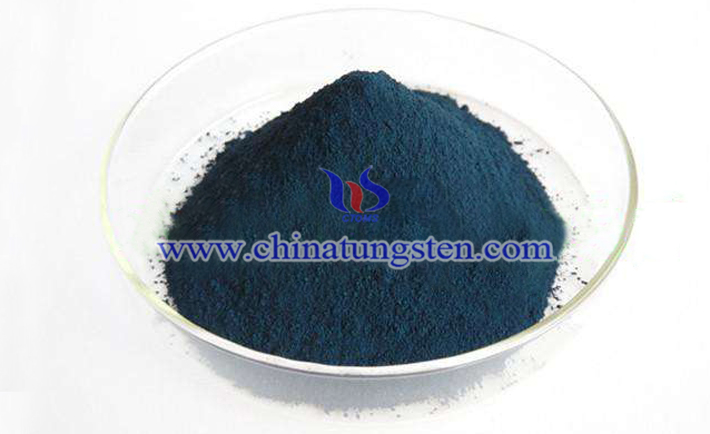
cesium tungsten picture
It is reported that cesium tungsten bronze nano transparent heat-insulating coating can be applied to the surface of architectural glass by combining cutting-edge nanotechnology and micro-layer coating technology, effectively shielding infrared heat radiation and absorbing ultraviolet rays without affecting indoor lighting, and at the same time, taking into consideration the integrity and aesthetics. Aesthetics is very important for the design of the sun room, which means more inspiration and space. Of course, the more important thing is the UV blocking effect, which can support a safe "sun protection umbrella" for people who are resting in the sun room. It is also very important that the cesium tungsten bronze nano-transparent heat-insulating coating can also reflect the long-wavelength indoor heat radiation while ensuring visible light transmission. What does this mean? This will help the heating effect and block the indoor heat transfer through the glass doors and windows, reduce the loss of energy in the winter, and achieve a certain energy-saving effect. In a word, the cesium tungsten bronze nano transparent heat-insulating coating not only opened up a new way for building energy conservation, but also propped up a “protective umbrella” for the residents in the sun room, along with the “warm winter and cool summer”!

